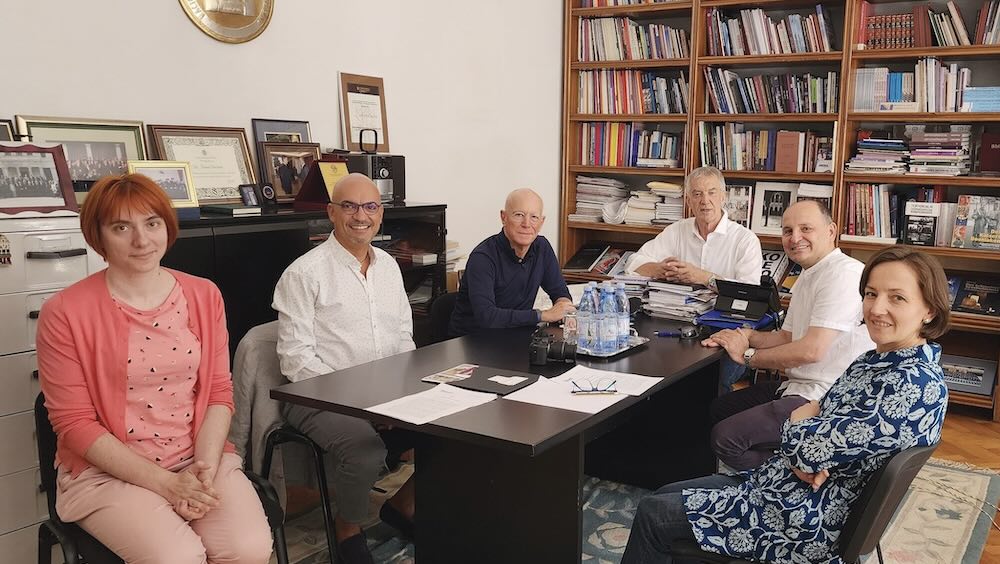Ethiopia, Europe, And Collegeville — New Exhibition In Our Reading Room
April 5, 2016
Ethiopia, Europe, and Collegeville — New Exhibition in our Reading Room
Ethiopia has come to Collegeville in an exhibition at the Hill Museum & Manuscript Library (HMML). Ethiopia, Europe and Collegeville: Cultural Encounters Across Four Centuries is an exhibition now on display in HMML’s Reading Room at Saint John’s University. HMML is the world’s richest resource for the study of Ethiopian manuscripts and the exhibition showcases selected pieces from HMML’s collections, including early Ethiopic manuscripts, processional crosses and artwork from the African nation.

“The ancient cultures of Ethiopia have been influential to scholars for centuries. Ethiopia was home to a highly developed Christian culture long before most European nations had become Christian,” said Matthew Heintzelman, curator of rare books for HMML and curator of the exhibition. “Over the centuries, the country became home to Jewish, Christian, Islamic, and nativist communities.”
HMML began working in Ethiopia in 1973, after a visit by Abuna Theophilos, the patriarch of the Ethiopian Tewahedo Orthodox Church. At that time, HMML’s microfilming work centered around European collections. But HMML’s leaders saw the need to preserve Ethiopia’s ancient Christian manuscripts and expanded their work to include the remote mountain kingdom. Microfilming continued through many years of political and social strife. Today, HMML’s work in Africa includes manuscript digitization projects in Egypt and Mali.
"The ancient cultures of Ethiopia have been influential to scholars for centuries. Ethiopia was home to a highly developed Christian culture long before most European nations had become Christian," - Matthew Heintzelman
Items on display in the current exhibition include Ethiopian psalters, prayer scrolls, African processional crosses, an 18th Century map of Africa, and several printed books about Gǝʿǝz, or classical Ethiopic, from the 17th Century.
“Scholars from around the world have come to Collegeville to use the vast microfilm and digital collections of manuscripts in Gǝʿǝz and Amharic,” said Father Columba Stewart, OSB, executive director of HMML. “The original manuscripts allow visitors to HMML to experience the books in ways that photographs cannot support. Codicological studies of each item tell us much about how the books were made and their physical condition (with smoky residue, for example) can tell us how they were used.




